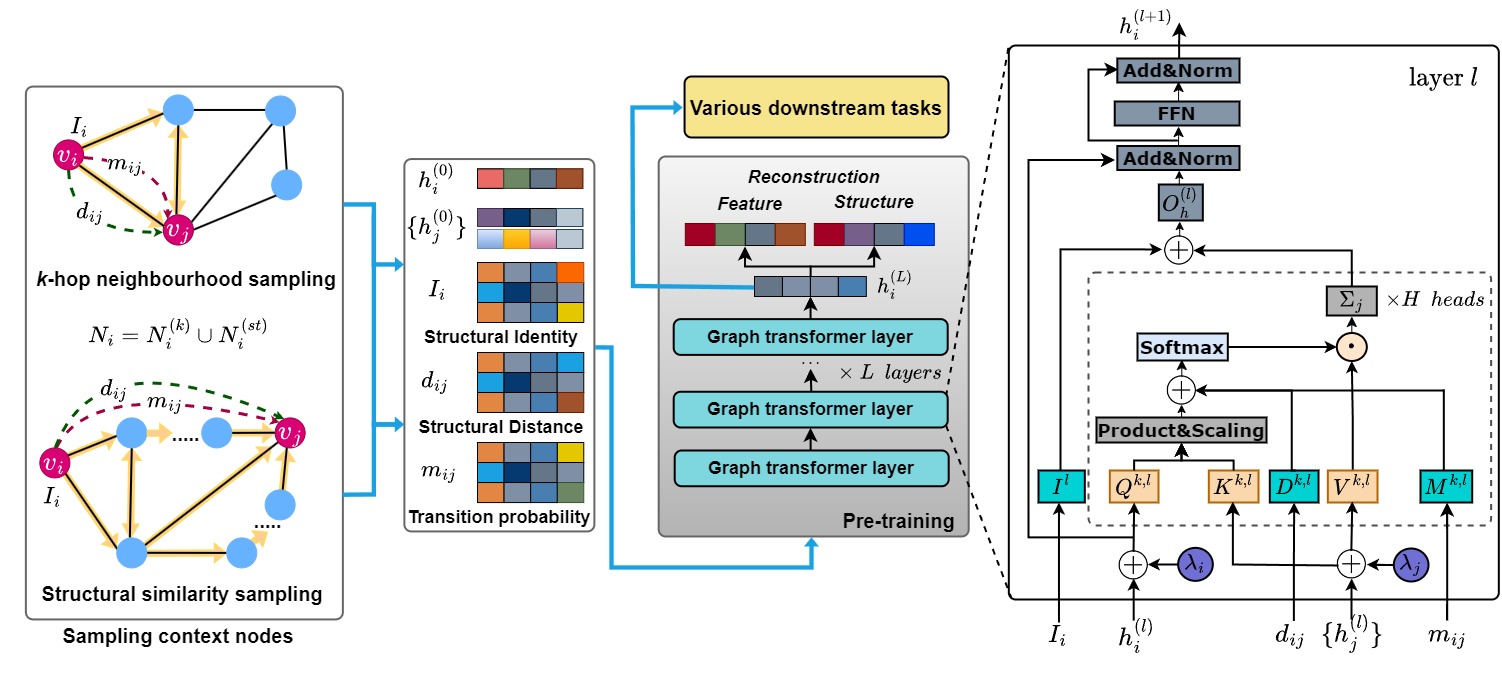Markdown
[](https://paperswithcode.com/sota/node-clustering-on-actor?p=transitivity-preserving-graph-representation)
[](https://paperswithcode.com/sota/node-classification-on-brazil-air-traffic?p=transitivity-preserving-graph-representation)
[](https://paperswithcode.com/sota/node-clustering-on-brazil-air-traffic?p=transitivity-preserving-graph-representation)
[](https://paperswithcode.com/sota/node-clustering-on-chameleon?p=transitivity-preserving-graph-representation)
[](https://paperswithcode.com/sota/node-clustering-on-citeseer?p=transitivity-preserving-graph-representation)
[](https://paperswithcode.com/sota/node-clustering-on-cora?p=transitivity-preserving-graph-representation)
[](https://paperswithcode.com/sota/node-clustering-on-cornell?p=transitivity-preserving-graph-representation)
[](https://paperswithcode.com/sota/node-classification-on-europe-air-traffic?p=transitivity-preserving-graph-representation)
[](https://paperswithcode.com/sota/node-clustering-on-europe-air-traffic?p=transitivity-preserving-graph-representation)
[](https://paperswithcode.com/sota/node-clustering-on-texas?p=transitivity-preserving-graph-representation)
[](https://paperswithcode.com/sota/node-classification-on-usa-air-traffic?p=transitivity-preserving-graph-representation)
[](https://paperswithcode.com/sota/node-clustering-on-usair?p=transitivity-preserving-graph-representation)
[](https://paperswithcode.com/sota/node-clustering-on-wiki-squirrel?p=transitivity-preserving-graph-representation)
[](https://paperswithcode.com/sota/node-clustering-on-wisconsin?p=transitivity-preserving-graph-representation)
[](https://paperswithcode.com/sota/node-classification-on-cora?p=transitivity-preserving-graph-representation)
[](https://paperswithcode.com/sota/graph-classification-on-proteins?p=transitivity-preserving-graph-representation)
[](https://paperswithcode.com/sota/graph-classification-on-enzymes?p=transitivity-preserving-graph-representation)
[](https://paperswithcode.com/sota/node-classification-on-squirrel?p=transitivity-preserving-graph-representation)
[](https://paperswithcode.com/sota/node-classification-on-texas?p=transitivity-preserving-graph-representation)
[](https://paperswithcode.com/sota/node-classification-on-citeseer?p=transitivity-preserving-graph-representation)
[](https://paperswithcode.com/sota/graph-classification-on-nci109?p=transitivity-preserving-graph-representation)
[](https://paperswithcode.com/sota/node-classification-on-film-60-20-20-random?p=transitivity-preserving-graph-representation)
[](https://paperswithcode.com/sota/node-classification-on-chameleon?p=transitivity-preserving-graph-representation)
[](https://paperswithcode.com/sota/graph-classification-on-nci1?p=transitivity-preserving-graph-representation)
[](https://paperswithcode.com/sota/node-classification-on-wisconsin?p=transitivity-preserving-graph-representation)
[](https://paperswithcode.com/sota/node-classification-on-cornell?p=transitivity-preserving-graph-representation)


































 Cora
Cora
 Wiki Squirrel
Wiki Squirrel
 NCI109
NCI109
